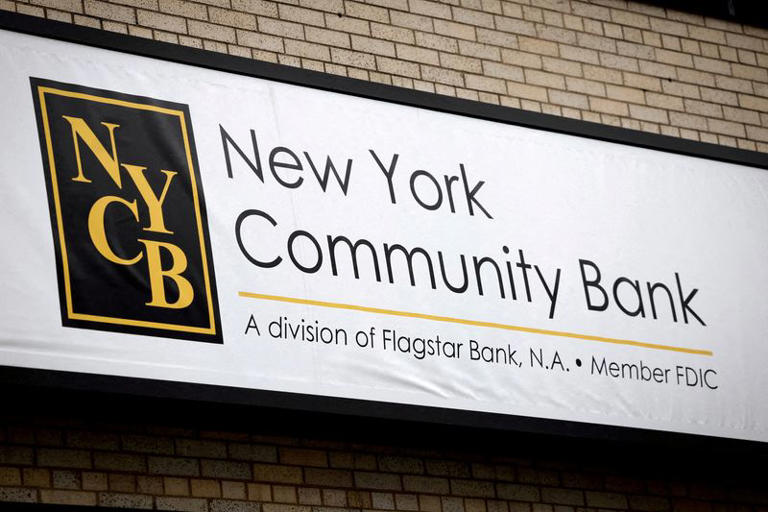New York Community Bancorp (NYCB) is navigating a critical juncture as it grapples with financial losses stemming from its commercial real estate (CRE) loan portfolio. The bank’s core business heavily relies on CRE lending, making it vulnerable to fluctuations in the real estate market and interest rate movements. As a result, recent losses on its CRE loans have prompted a significant downturn in NYCB’s market value and led to ratings downgrades, raising concerns among investors and stakeholders.
To address these challenges and restore investor confidence, NYCB’s new management team, led by former Comptroller of the Currency Joseph Otting, has pledged to unveil a turnaround plan. The plan, expected to be revealed soon, aims to bolster the bank’s financial stability, strengthen its capital position, and reduce its exposure to the CRE sector.
In a move to shore up its finances in the short term, NYCB secured a $1 billion investment led by Liberty Strategic Capital, founded by former U.S. Treasury Secretary Steven Mnuchin. While this infusion provided temporary relief, the bank still faces the daunting task of diversifying its revenue streams and reducing its reliance on CRE lending.
One of the primary challenges NYCB faces in executing its turnaround plan is the need to offload some of its CRE loans. However, given the current market conditions and heightened competition from other financial institutions also retreating from CRE lending, finding suitable buyers willing to pay favorable prices presents a significant hurdle. Potential buyers, including hedge funds and asset managers, are keenly aware of NYCB’s need to sell and may demand steep discounts, making it challenging for the bank to achieve optimal returns on its loan sales.
Moreover, the composition of NYCB’s loan portfolio, with a substantial portion comprising multi-family apartment blocks subject to rent controls, further complicates its efforts to attract buyers. These properties may be less appealing to investors seeking higher yields and greater flexibility.
While NYCB’s management has reported progress in selling some CRE loans, the bank may need to reprice its loan books to reflect elevated interest rates, potentially resulting in losses on certain loans. Investors are closely monitoring NYCB’s upcoming earnings report, anticipating a loss compared to the previous year. They are particularly interested in the bank’s strategies for diversifying its revenue streams, mitigating CRE losses, and integrating assets acquired from Signature Bank to diversify its business away from CRE lending.
Overall, NYCB faces significant challenges in executing its turnaround plan and restoring profitability. Investors will scrutinize the bank’s progress in implementing strategic initiatives aimed at improving its financial health, reducing its CRE exposure, and enhancing its long-term sustainability in a competitive banking landscape.
